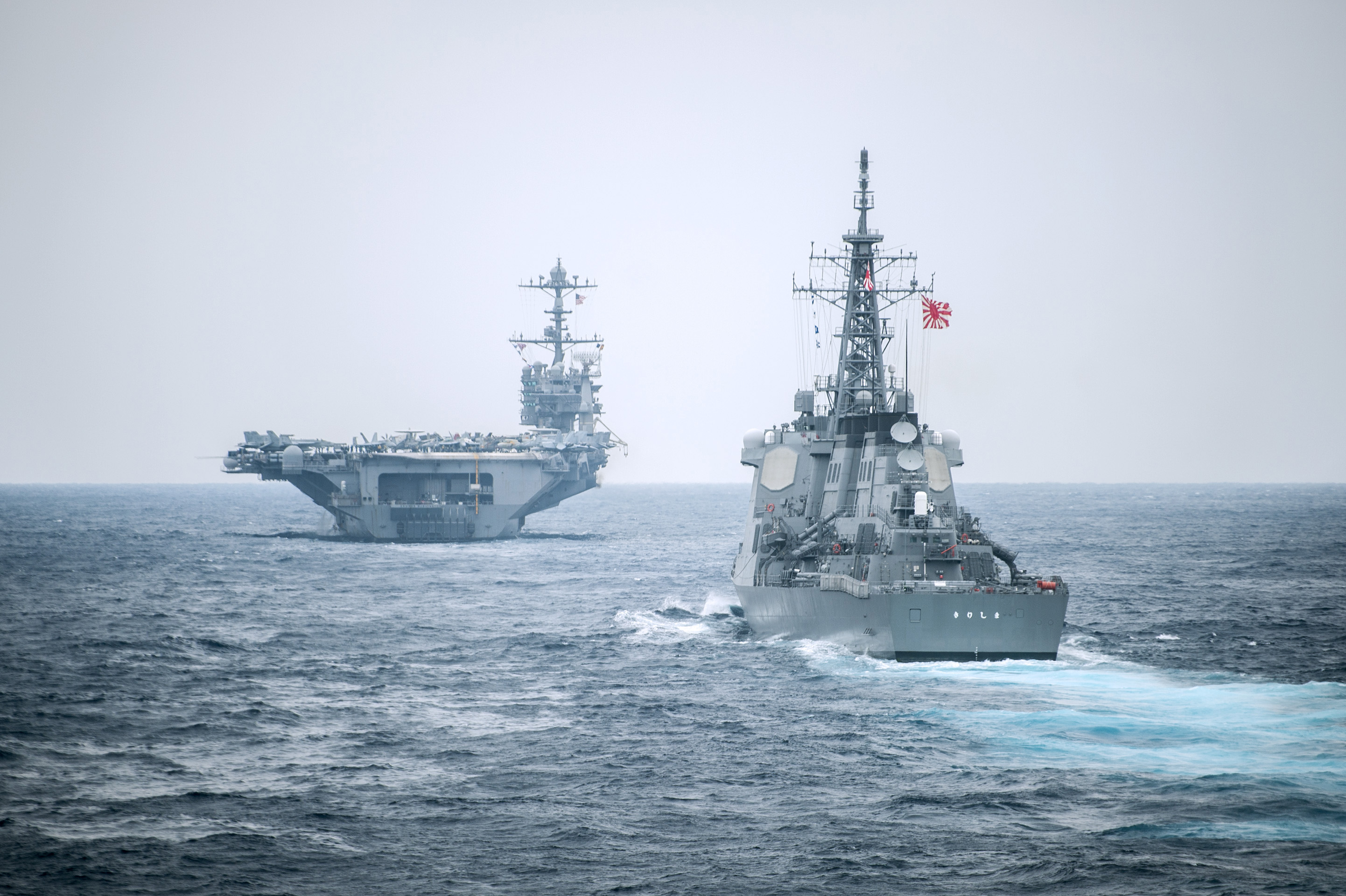
The cabinet of Japanese Prime Minister Shinzo Abe approved the purchase of two Aegis Ashore missile defense systems this week to counter the threat of ballistic missiles from North Korea, though Defense Minister Itsunori Onodera told reporters that many specific details are still yet to be determined.
The Tuesday decision by the Japanese government comes after an August request for Fiscal Year 2018 funds for Aegis Ashore. The country had been rumored to be looking into an Aegis Ashore purchase since at least 2014.
Though many of Japan’s recent defense-related decisions have been in response to concerns about China, the decision to buy two Aegis Ashore batteries comes completely in response to a growing threat from North Korea. As that nation has continued its nuclear weapons test program, it continues to launch missiles in the direction of Japan. As North Korean technology improves, Japan wants increased protection beyond its current fleet of four guided-missile destroyers.
In a press conference on Tuesday, Onodera told reporters that Aegis Ashore would go a long way in supplementing the Japan Maritime Self-Defense Force’s fleet of Aegis-equipped destroyers, both in terms of range and ability to handle multiple threats at once. He made clear that “the threat against our national security from North Korea’s nuclear and missile development has become more serious and imminent than before and has risen to a new level,” and that two batteries of Aegis Ashore were needed to ensure round-the-clock protection.
“As Aegis Ashore is capable of using the SM-3 Block IIA, we understand that the range and capability of our defense will improve. Currently, the MSDF’s Aegis-equipped destroyers are responsible for missile defense, but given that this task must be performed constantly, on a 24-hours-a-day, 365-days-a-year basis, it is desirable to deploy a land-based system,” he said, according to an English translation of the press conference.
“The MSDF currently possesses four BMD-capable Aegis-equipped destroyers, and the number will increase to five, and ultimately, we will firmly defend Japan with a fleet of eight Aegis-equipped destroyers. However, the Aegis-equipped destroyers are originally not intended only for BMD but also for performing various tasks, including the defense of the southwestern region. When the Aegis Ashore system has been completed, the Aegis-equipped destroyers will be able to perform various tasks, making it possible to defend Japan more effectively.”
However, details about the cost of the systems, how soon they could be fielded, where they would be located and more are still hazy.
Onodera said it takes Japan about five years to acquire an Aegis Combat System for use on a destroyer, so the government is considering that a reasonable timeframe for Aegis Ashore acquisition. He said he is awaiting more details from U.S. officials but added that Japan “would like to introduce the new system as soon as possible.”
He also noted uncertainty over the cost but said “as it is necessary to introduce the system at the earliest possible date in order to meet the Japanese people’s requests in relation to ballistic missile defense, we will provide conscientious explanations in the Diet (legislature) while making efforts to realize the introduction as soon as possible.”
Regarding the location of the two Aegis Ashore sites, Onodera said the government would conduct a slew of studies in FY 2018 to determine the best location for the missile defense sites.
“Before deploying the system, we need to check whether the batteries can be securely deployed in locations effective for defense by conducting a study on the deployment feasibility, including geographic, geological, radio wave environmental surveys and measurements,” he said.
“After radio wave and geological conditions have been examined, we will start consultations with the local communities, as it will be necessary to obtain their understanding and cooperation.”
As for manning, Onodera said he believed the would be joint operations, with the Japan Ground Self Defense Force leading the mission. With the existing Aegis Ashore site in Romania, the Missile Defense Agency oversaw the acquisition and construction of the system and then turned it over to the Navy for operations, with about 100 personnel from U.S. 6th Fleet operating the site. Onodera said he thought that 100-man requirement would serve as a guideline for planning the Japanese sites.





